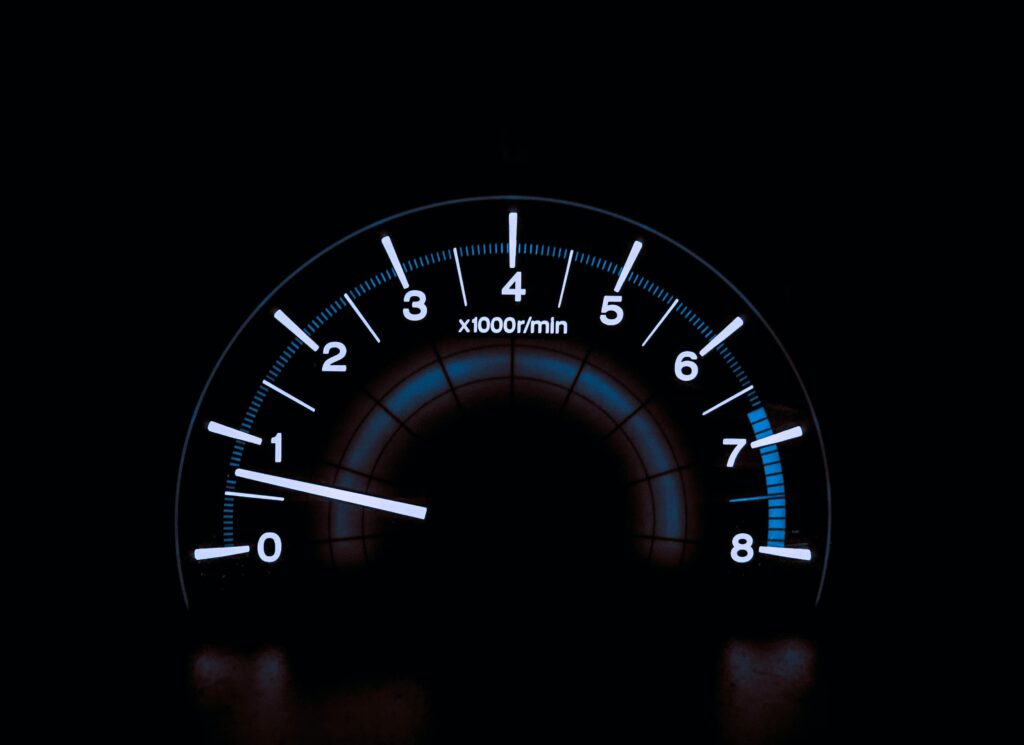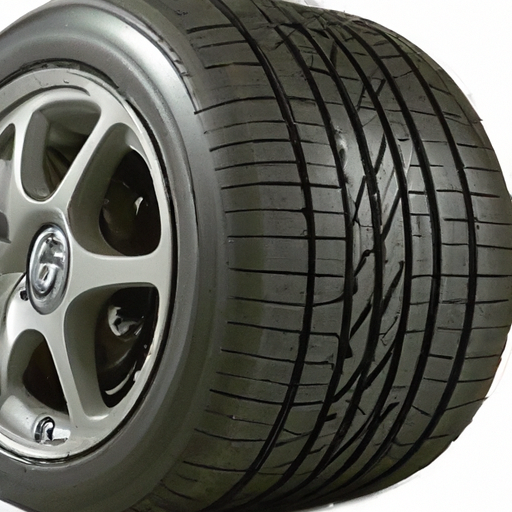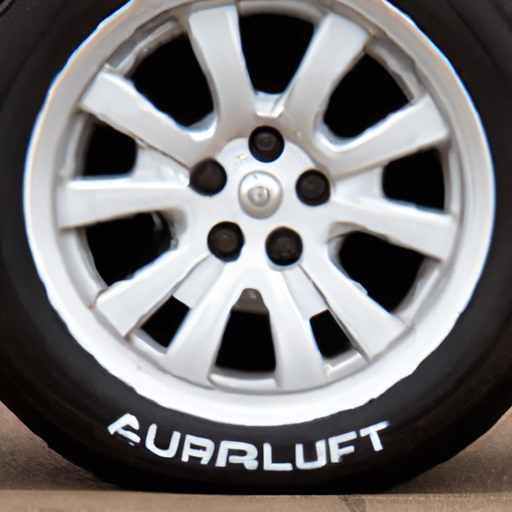Maintaining the condition of your tires is crucial for the overall performance of your vehicle, but have you ever wondered if wheel alignment plays a role in tire maintenance? In this article, we explore the importance of wheel alignment and its impact on the longevity and safety of your tires. We’ll uncover the reasons why wheel alignment is necessary and how it can save you from unnecessary expenses in the long run. So sit tight and let’s find out if wheel alignment has a significant role to play in the well-being of your tires.

What is wheel alignment?
Wheel alignment, also known as tire alignment, refers to the adjustment of the angles of the wheels to ensure that they are parallel to each other and perpendicular to the ground. This adjustment is essential to ensure that the wheels are properly aligned with the vehicle’s specifications.
Why is wheel alignment important?
Proper wheel alignment is crucial for several reasons:
Improves tire performance
When the wheels are misaligned, it can cause uneven tire wear, which can lead to reduced tire performance. By ensuring that the wheels are aligned correctly, you can maximize the lifespan of your tires and ensure optimal performance.
Enhances fuel efficiency
Misaligned wheels can also have a negative impact on fuel efficiency. When the wheels are not aligned correctly, it can cause the tires to drag or scrub against the road surface, resulting in increased rolling resistance. This increased resistance requires more energy from the engine, leading to reduced fuel efficiency. By aligning the wheels properly, you can help improve your vehicle’s fuel economy.
Prevents uneven tire wear
One of the most common signs of misaligned wheels is uneven tire wear. When the wheels are not aligned correctly, certain areas of the tires may experience excessive wear and tear, while other areas may remain relatively unaffected. This uneven wear can lead to the need for premature tire replacements, costing you unnecessary expenses. Regular wheel alignment can prevent uneven tire wear and prolong the life of your tires.
Optimizes vehicle handling and safety
Proper wheel alignment plays a significant role in ensuring optimal vehicle handling and safety. When the wheels are aligned correctly, it helps maintain the vehicle’s stability and responsiveness. Misaligned wheels can cause the vehicle to pull to one side, making it difficult to control and potentially compromising your safety on the road. By keeping your wheels properly aligned, you can ensure that your vehicle handles well and remains safe to drive.
Saves money on tire replacements
As mentioned earlier, misaligned wheels can lead to uneven tire wear and premature tire replacements. The cost of replacing tires can add up quickly, especially if you have to replace them more frequently due to misalignment. By investing in regular wheel alignment, you can avoid unnecessary tire replacements and save money in the long run.
Signs that your wheels may be misaligned
Here are some common signs that indicate your wheels may be misaligned:
Vehicle pulling to one side
If you find that your vehicle tends to pull to one side while driving on a straight road, it is a clear indication of wheel misalignment. This pulling effect occurs because the wheels are not properly aligned and are exerting uneven pressure on the tires.
Uneven tire wear
Inspecting your tires regularly is essential to identify any signs of misalignment. If you notice that the tread on one side of the tire is significantly more worn down compared to the other side, it is a clear indicator of misaligned wheels.
Vibrating steering wheel
When the wheels are misaligned, the tires may not be rotating smoothly, resulting in a vibrating sensation in the steering wheel. This vibration can be felt particularly at higher speeds and can negatively impact your driving experience.
Crooked steering wheel
If you notice that your steering wheel is not aligned properly when driving straight, it may be an indication of wheel misalignment. A crooked steering wheel suggests that the wheels are not pointing in the same direction as the vehicle’s steering system.
Squealing tires
Misaligned wheels can cause tire scrubbing against the road surface, leading to squealing noises. If you hear unusual noises coming from your tires, it is important to have your wheels checked for alignment issues.
Causes of misaligned wheels
Misaligned wheels can occur due to various reasons, including:
Pot holes and rough road conditions
Driving over potholes or rough road surfaces can cause the wheels to be knocked out of alignment. The impact from these road conditions can throw off the angles of the wheels, leading to misalignment.
Hitting curbs or speed bumps
Similar to potholes, hitting curbs or speed bumps with force can also cause misalignment. The jolt from these impacts can disrupt the proper alignment of the wheels.
Worn suspension components
Over time, the suspension components of your vehicle can wear down, leading to misalignment. Components such as control arms, ball joints, and bushings can affect the alignment of the wheels if they become worn or damaged.
Accidents or collisions
In more severe cases, accidents or collisions can result in misaligned wheels. The impact from a collision can cause significant damage to the suspension system, leading to misalignment.

How often should wheel alignment be done?
Regular wheel alignment is crucial to maintain the overall health and performance of your tires. The frequency of wheel alignment depends on several factors:
Manufacturer recommendations
It is advisable to follow the manufacturer’s recommendations regarding the frequency of wheel alignment. The recommended intervals can vary depending on the specific make and model of your vehicle.
After hitting a pothole or curb
If you have recently hit a pothole or curb with considerable force, it is essential to have your wheels checked for alignment issues. Even a single impact can throw off the alignment, so it is important not to ignore these incidents.
Every 12,000 to 15,000 miles
As a general guideline, it is recommended to have your wheels aligned every 12,000 to 15,000 miles. This interval ensures that any misalignment is detected and corrected before it causes significant tire wear or handling issues.
As part of regular tire maintenance
Including wheel alignment as part of your regular tire maintenance routine is a proactive approach to ensure the longevity and performance of your tires. It is beneficial to have your wheels checked for alignment issues during routine tire rotation and inspection.
The wheel alignment process
When you bring your vehicle to a professional service center for wheel alignment, the following steps are typically involved:
Inspection of tires and suspension components
Before starting the alignment process, the technician will inspect the tires and suspension components for any signs of wear or damage. This inspection helps identify any underlying issues that may be contributing to the misalignment.
Adjustment of camber, caster, and toe angles
Based on the inspection results and the specific alignment requirements of your vehicle, the technician will adjust the camber, caster, and toe angles of the wheels. These adjustments ensure that the wheels are aligned correctly and according to the manufacturer’s specifications.
Testing and fine-tuning alignment
After the initial adjustments, the technician will conduct tests to ensure that the wheels are aligned properly. This may involve test driving the vehicle and using specialized equipment to check the alignment angles. If any further adjustments are needed, they will be made to fine-tune the alignment.

DIY wheel alignment vs. professional service
While it is possible to attempt DIY wheel alignment using alignment kits available in the market, it is generally recommended to seek professional service for wheel alignment. Here are some factors to consider:
Advantages of professional service
Professional service offers several advantages over DIY alignment. Certified technicians have the knowledge, experience, and specialized equipment required to accurately diagnose and correct wheel alignment issues. They can ensure that the alignment is done correctly, maximizing the benefits of proper wheel alignment.
Potential risks of DIY alignment
DIY alignment poses certain risks, especially if you are not familiar with the process. Making incorrect adjustments can further misalign the wheels and potentially cause damage to the vehicle. Additionally, DIY alignment typically lacks the precision of professional alignment, which can compromise the effectiveness of the alignment.
Cost considerations
While DIY alignment may seem cost-effective initially, it is important to consider the potential risks and consequences. Incorrect DIY alignment can lead to increased tire wear, decreased fuel efficiency, and potentially costly repairs in the long run. Professional alignment, although it comes with a cost, ensures that the alignment is done accurately and effectively.
Factors affecting the cost of wheel alignment
The cost of wheel alignment can vary depending on several factors, including:
Type of vehicle
The type of vehicle you own can influence the cost of wheel alignment. Some vehicles may require more complex alignment procedures, which can result in higher service costs.
Location and service provider
The location of the service center and the chosen service provider can also affect the cost of wheel alignment. Service centers in urban areas or high-cost regions may charge higher prices compared to those in rural areas.
Additional services needed
If your vehicle requires additional services, such as suspension repairs or replacement of worn components, the overall cost of wheel alignment may increase. It is important to consider these additional services when budgeting for wheel alignment.

Other important aspects of tire maintenance
While wheel alignment is crucial for tire maintenance, it is not the only factor to consider. Here are some other important aspects of tire maintenance:
Regular tire rotation
Regularly rotating your tires helps promote even tire wear and extends the lifespan of your tires. It is recommended to rotate your tires every 6,000 to 8,000 miles or as per the manufacturer’s recommendations.
Proper tire inflation
Maintaining the correct tire pressure is essential for optimal tire performance and safety. Regularly check the tire pressure and inflate or deflate the tires as needed.
Wheel balancing
Wheel balancing involves the distribution of weight evenly across the wheel-tire assembly. Proper balancing helps prevent vibrations, uneven tire wear, and steering issues. It is advisable to have your wheels balanced whenever new tires are installed or if you experience vibrations while driving.
Tire alignment check during suspension repairs
If your suspension system requires repairs or components need replacement, it is essential to have the wheel alignment checked afterward. Suspension repairs can affect the alignment, so it is important to ensure everything is properly aligned for optimal tire performance.
Conclusion
Wheel alignment is an important aspect of tire maintenance that should not be overlooked. It improves tire performance, enhances fuel efficiency, prevents uneven tire wear, optimizes vehicle handling and safety, and saves money on unnecessary tire replacements. By paying attention to the signs of misaligned wheels, regularly checking and aligning your wheels, and following good tire maintenance practices, you can ensure that your tires remain in good condition, providing you with a safe and comfortable driving experience. Remember, when it comes to wheel alignment, it is often best to seek professional service to ensure accurate and effective alignment of your vehicle’s wheels.


